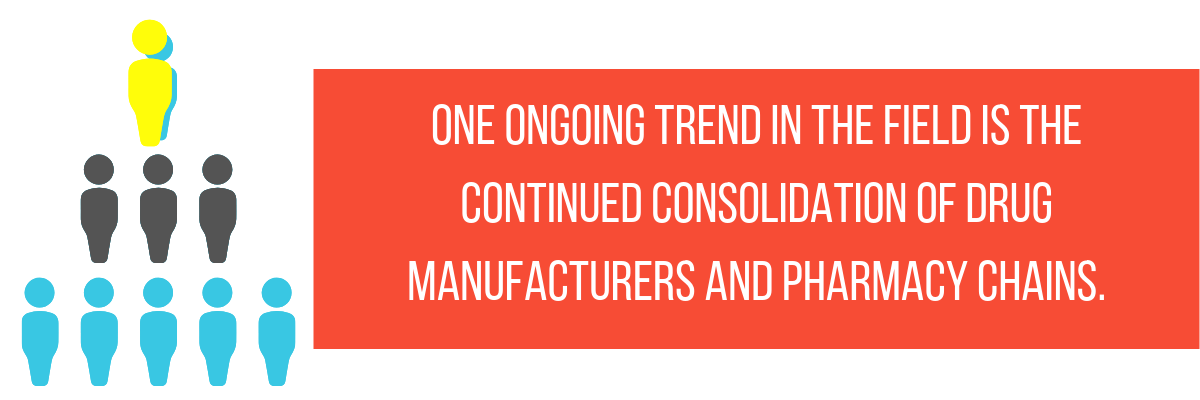Pharmacy Degree Timeline: How Long Does It Take?

<!DOCTYPE html>
Embarking on a career in pharmacy is a rewarding but time-intensive journey. Prospective students often wonder, "How long does it take to complete a pharmacy degree?" The timeline varies based on the program, country, and individual pace. This guide breaks down the typical pharmacy degree timeline, helping you plan your educational journey effectively. (pharmacy degree timeline, pharmacy school duration, pharmacist education requirements)
Understanding the Pharmacy Degree Path

The path to becoming a pharmacist typically involves several stages, from pre-pharmacy coursework to professional degrees. Below is an overview of the general timeline.
1. Pre-Pharmacy Education (2–4 Years)
Before entering a pharmacy program, students usually complete pre-pharmacy coursework. This includes subjects like biology, chemistry, and mathematics. The duration depends on whether you pursue an associate’s degree (2 years) or a bachelor’s degree (4 years). (pre-pharmacy requirements, pharmacy prerequisites)
2. Doctor of Pharmacy (PharmD) Program (3–4 Years)
The core of pharmacy education is the Doctor of Pharmacy (PharmD) program. Most PharmD programs take 3 to 4 years to complete, depending on the country and institution. For example, in the U.S., it’s typically a 4-year program, while in some countries, it may be shorter. (PharmD program duration, pharmacy school length)
3. Internships and Residencies (Optional, 1–2 Years)
After completing the PharmD, some students opt for internships or residencies to gain specialized experience. These programs can add 1 to 2 years to the timeline. (pharmacy residency, pharmacy internship)
Breakdown of the Pharmacy Degree Timeline

| Stage | Duration |
|---|---|
| Pre-Pharmacy Education | 2–4 Years |
| PharmD Program | 3–4 Years |
| Internships/Residencies (Optional) | 1–2 Years |
| Total Estimated Time | 6–10 Years |

Factors Affecting the Timeline

Several factors can influence how long it takes to complete a pharmacy degree:
- Program Structure: Accelerated programs may shorten the timeline.
- Country-Specific Requirements: Regulations vary by country, affecting program length.
- Part-Time vs. Full-Time Study: Part-time students may take longer to complete their degree.
📌 Note: Always check the specific requirements of your chosen institution and country.
Checklist for Prospective Pharmacy Students

- Research pre-pharmacy requirements for your desired program.
- Choose between a 2-year or 4-year pre-pharmacy path.
- Apply to accredited PharmD programs.
- Consider internships or residencies for specialization.
- Plan for licensing exams after graduation.
Becoming a pharmacist is a significant commitment, typically spanning 6 to 10 years. From pre-pharmacy coursework to the PharmD program and optional residencies, each step is crucial for building a successful career. Understanding the timeline helps you set realistic goals and stay on track. Whether you’re just starting or already on this path, knowing what to expect makes the journey smoother. (pharmacy career timeline, becoming a pharmacist)
How long does it take to become a pharmacist?
+The total time ranges from 6 to 10 years, including pre-pharmacy education, the PharmD program, and optional residencies.
Can I complete a pharmacy degree faster?
+Accelerated programs or skipping pre-pharmacy steps (if eligible) can reduce the timeline, but options vary by institution.
Are internships required for pharmacy graduates?
+Internships are optional but highly recommended for gaining practical experience and specialization.



